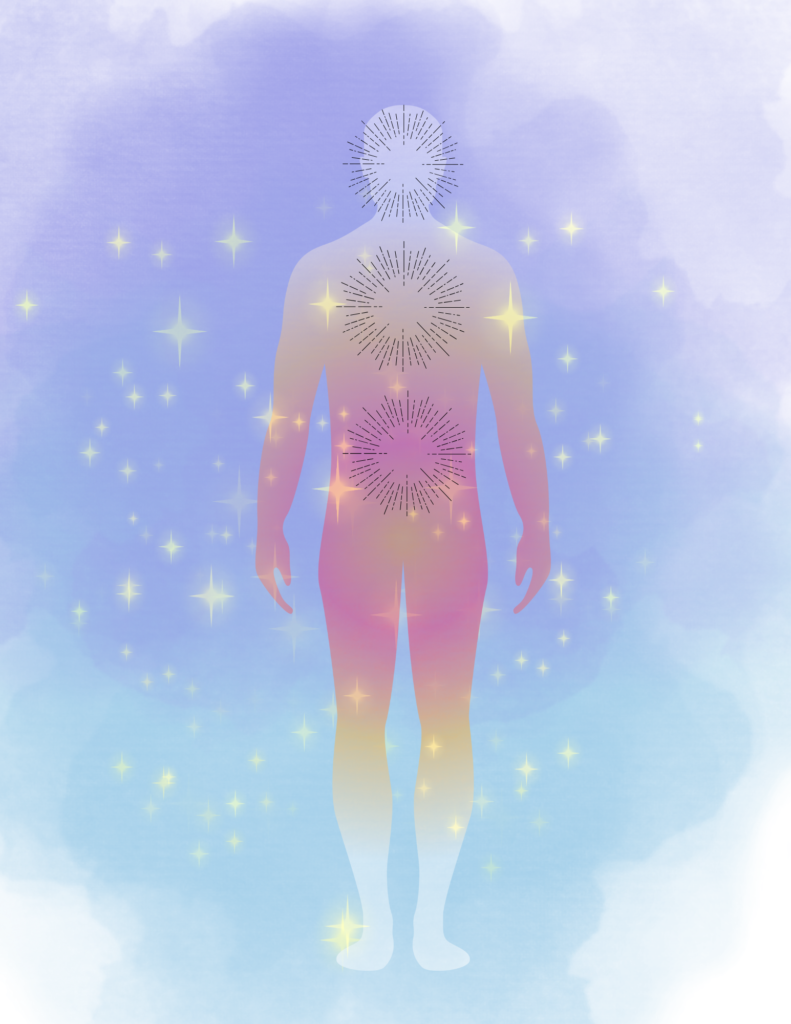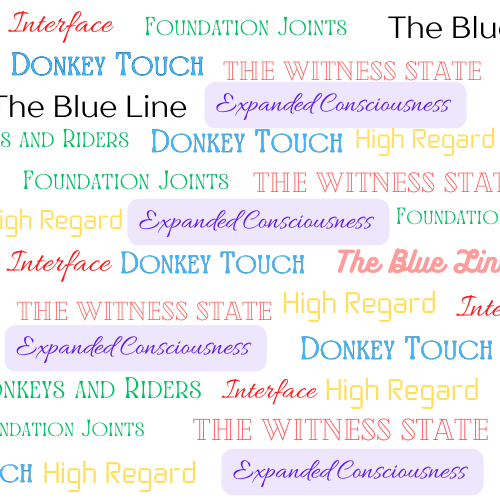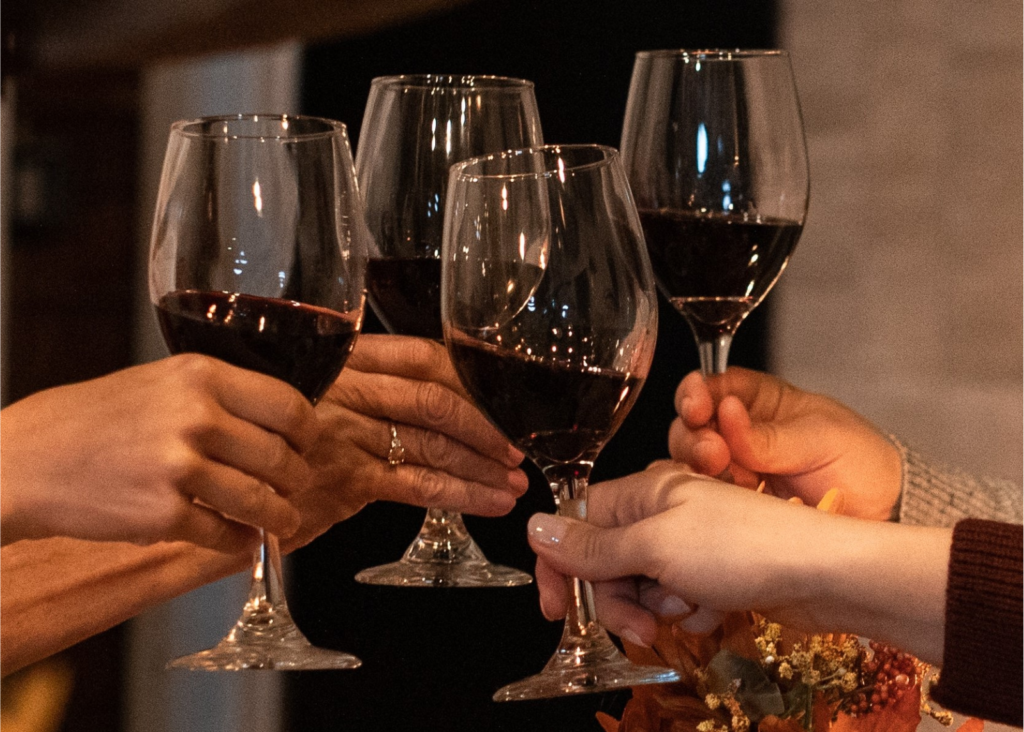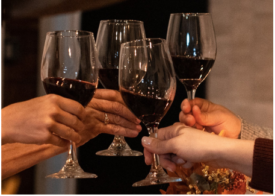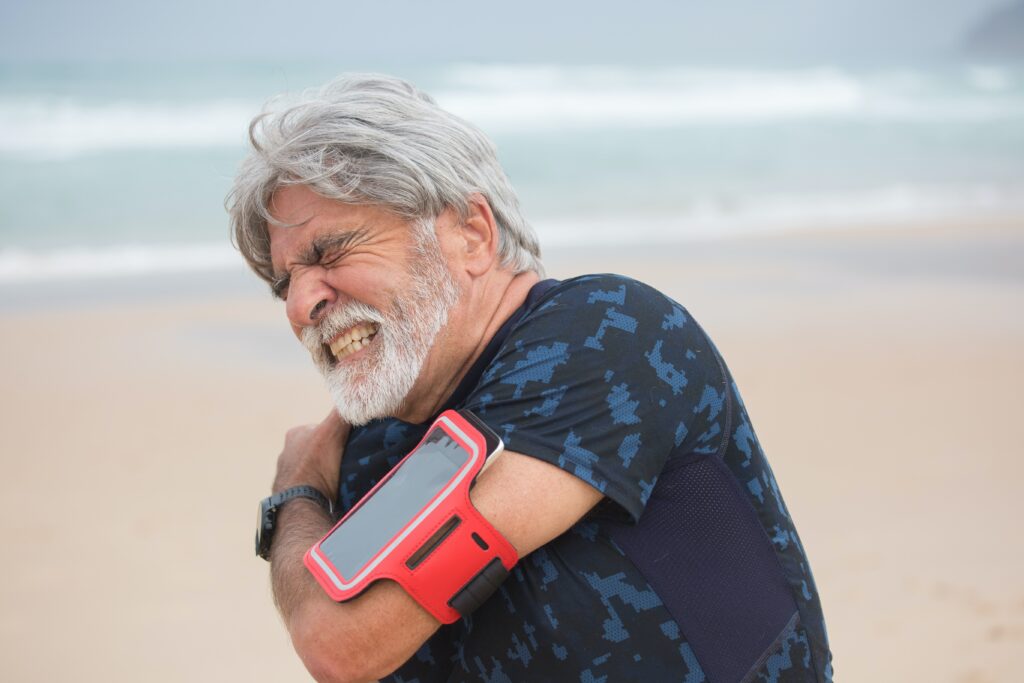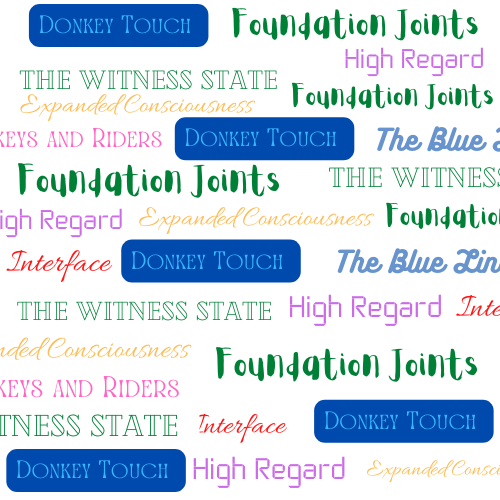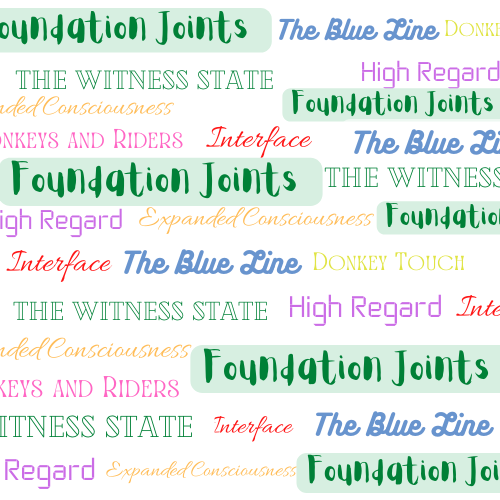
There have been books and articles in the news over the past few years about how the body keeps track of everything that happens in our lives, especially difficult or traumatic events. You or someone you know may experience lingering pain from injuries in which the tissues involved healed long ago. Sometimes, there is no discernible damage, but there is persistent pain. Many clients describe having worked through traumatic events in psychotherapy yet still feeling the event stuck in their body. In Zero Balancing, the mechanism through which the body remembers these experiences is tissue held memory.
A few months ago, an area of my back got stuck in a very painful way. As my Physical Therapist was working in that area, I remembered a fall that happened 40 years ago. The chair I was standing on tipped and I fell backwards, hitting the middle of my spine on the back of the chair. Luckily, the chair broke. I recovered quickly and only thought of it occasionally in the following years. Quite likely, the fall was how that part of my back got stuck in the first place. The pain caused me to seek help, which ultimately healed the old injury. And also released the remembrance of the experience, including how frightened I felt when it happened. A perfect example of tissue held memory.
What is tissue held memory? How does tissue hold memory? In the Zero Balancing paradigm, the memory or its vibratory form, AKA energy, gets stuck in bone, AKA structure. Read more about structure and energy here. In my case, the force, or energy, of my back hitting the chair was absorbed by my structure, my vertebrae and ribs. As was my emotional response, which was also energy. My tissues held that memory until it was released by the bodywork I received. Usually these occurrences, the release of tissue held memory and healing of an old injury, are happy accidents in Physical Therapy. In contrast, a primary goal of a Zero Balancing session is to find and release stuck energy.
Zero Balancing practitioners seek stuck energy in bone. Another word for energy is vibration. Vibration is a particularly good descriptor because vibration can be felt through touch. It makes energy palpable and accessible.
When you receive a Zero Balancing session, your practitioner is looking for where your energy has gotten stuck in your bones. Through training, they learn the signature feeling of stuck vibration and the gentle technique that invites your energy to free up and move. Your body is deciding how much to release at every step. The practitioner may touch an area of held energy and nothing will change. Another area, perhaps a small change. Another one, a larger change. The innate wisdom of your body is calling the shots. That’s the reason the energy from my fall was still stuck, even after 30 years of receiving ZB sessions. The instinctive intelligence of my body chose when, where, and what to release. It’s part of what makes Zero Balancing so safe. To quote the founder, Dr. Fritz Smith, “The practitioner gives the session. Nature gives the experience.”
Sometimes the content of the tissue held memory is revealed. Sometimes not. It’s not necessary or necessarily important. When stuck energy in bone is released, healing occurs.

